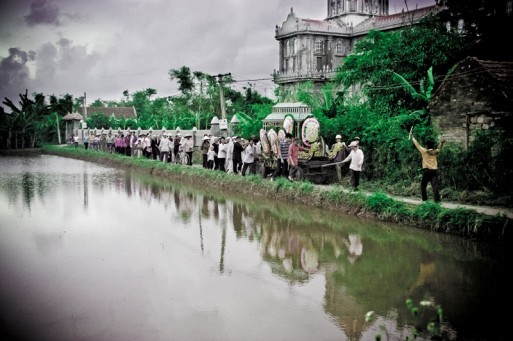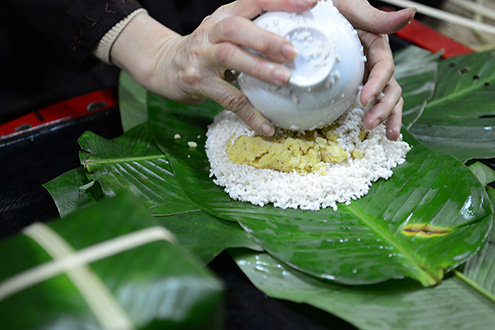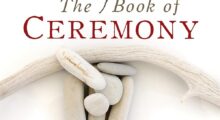We often anticipate the emotional and physical energy the death of a loved one will require from us, but seldom do we stop to think about the time it will demand from us as well; there is the time it exacts in a practical sense in planning, and then there is the time it demands from us as we grieve and say goodbye. But how much time is too much or too little? For the Vietnamese, traditions surrounding death and burial can become quite a lengthy affair. And often, saying goodbye to a loved one is a process that can even last for several years.
Vietnamese culture has always proved diverse. But one aspect of the funeral procession that pervades most of the country’s religions is the importance of familial involvement.
With strong roots in principals of Confucianism, the Buddhist religion, Roman Catholicism and countless other belief systems, Vietnamese culture has always proved diverse. But one aspect of the funeral procession that pervades most of the country’s religions is the importance of familial involvement. The entire community comes together after the death of a loved one. The tasks of sewing traditional garments for the deceased, creating an altar for the body (which today remains at home for a week and traditionally up to six months) and preparing multiple feasts before and after the burial are delegated to both immediate and distant family members. Vietnamese Author Dieu-Hien T. Hoang describes her uncle’s death, recalling how each family member “used their talent to “serve” [her] uncle [on his deathbed].” As a nurse, Hoang “searched all over town for some morphine to relieve his pain…[while] Grandchildren showed him how well they did in school.”
The coffin of the deceased remained in the home for three days. During that time the house was filled with the comings and goings of relatives, in-laws, neighbors, and colleagues who came to pay their respects with money, flowers, and wreaths. One of the most beloved funeral flowers for the Vietnamese is the white lotus. The flower itself is a powerful metaphor for the cyclical nature of life; it grows amidst the muck of a swamp to reveal a crisp white blossom, symbolizing purification and regeneration.
For the next 49 days Hoang’s Vietnamese family continued to honor her uncle with a weekly memorial service. “The next gathering,” she says, “occurred 51 days later on the one-hundredth day after [his] death” and then “265 days later on the first anniversary of the death; and finally a whole year later.” These staggered services helped Hoang pass through the grieving process in a way that never felt rushed. Instead, a sense of community was fostered around the shared experience of grieving.
In Western culture, one might pin this lengthy goodbye process as unnecessary and even more painful. But this is precisely why the Vietnamese traditions surrounding death are important: they equip us with the strength we may not have known we had as we confront our most heart-wrenching emotions.
You may also be interested in:
- Historic Haida Pit Burial
- Filipino Funeral Customs
- The Anthroposophical Perspective: Acceptance of Death in Life

 Taking the Time to Say Goodbye: Vietnamese Funeral Customs
Taking the Time to Say Goodbye: Vietnamese Funeral Customs




 Death Culture in America is Demonstrably Changing
Death Culture in America is Demonstrably Changing
 “The Book of Ceremony ” by Sandra Ingerman
“The Book of Ceremony ” by Sandra Ingerman
 “Last Leaf on the Tree” by Willie Nelson
“Last Leaf on the Tree” by Willie Nelson














